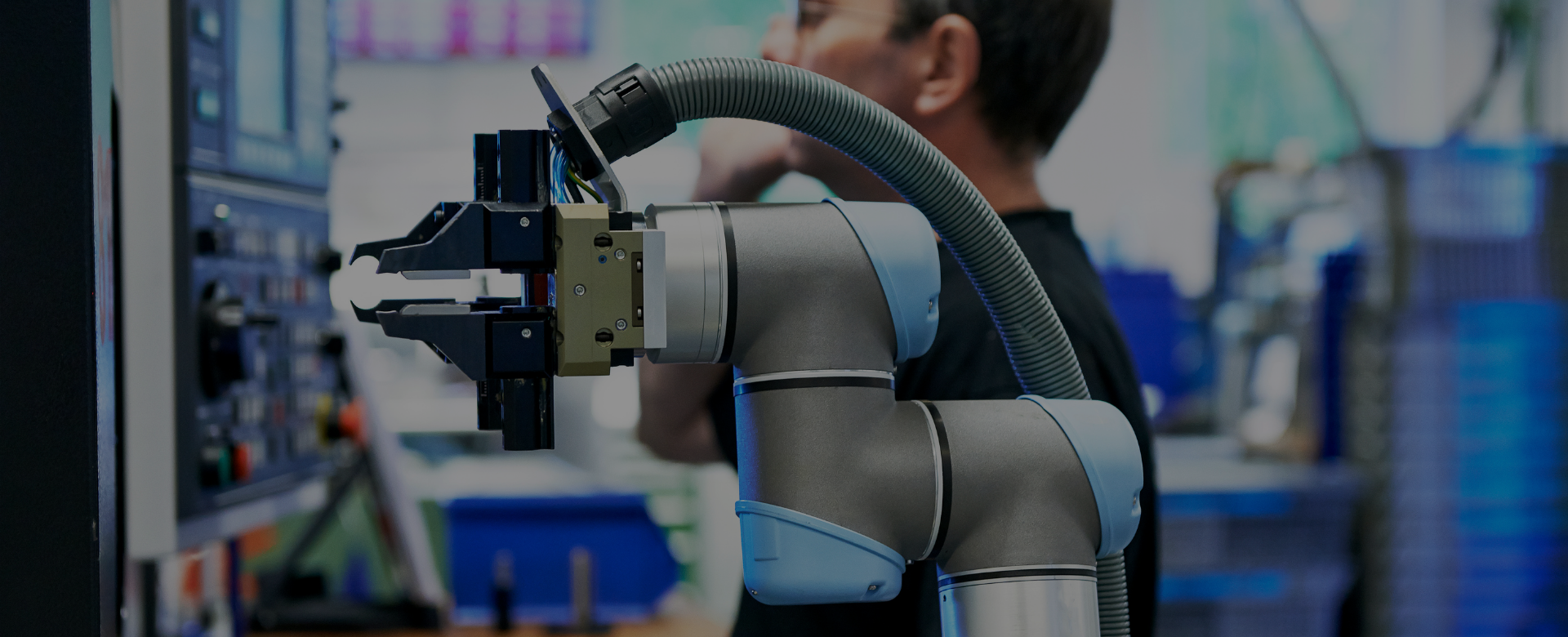Ten years later, the market for cobots has exploded. In 2018 alone, the cobot market grew by more than 60%, nearing $500M in global sales. As the fastest-growing segment of industrial robotics, global annual revenues of collaborative robots are forecast to reach $7.6B by 2027.
That’s great news for businesses large and small, and yet it has raised the red flag for workers who worry that the wave of robots entering the workforce will bring more harm than good—at least when it comes to employment. By automating and streamlining both skilled and unskilled tasks, many workers see robots and cobots alike as a mechanical workforce that is coming to “take our jobs.”
What’s interesting is that, in reality, demand for manpower is actually outpacing supply. Baby boomers are retiring, and Gen-X, Gen-Y, and Millennials are not interested in manufacturing and warehouse jobs. There simply aren’t enough human workers to get the job done. As a result, even companies who never viewed robotics as a viable solution in the past are suddenly clamoring for help. Cobots are making that help highly accessible and affordable, opening the door for small- and mid-sized enterprises (SMEs) who can now use advanced technology to supplement a team of one, two, or ten workers.
So are robots really poised to take our jobs? Yes. And no.
According to recent estimates by the World Economic Forum’s 2018 Future of Jobs Report, while it’s true that jobs are likely to be lost as companies shift to more automation—as many as 75 million over the next four years—it’s also true that as many as 133 million new jobs will be created in the same period of time.
What is shifting is the division of labor between man and machine, and collaborative robots sit smack in the middle of that transition. To see this changing landscape in action, consider these two scenarios:
The year is 2016
As you look down on the massive factory floor of an automobile manufacturer, you can see large, industrial robots, dedicated to specific tasks, each contained within a safety cell—a large gated cage—to keep humans at a safe distance from the dangerous mechanisms that are working to dramatically accelerate production. Every few hours, a worker shuts down a nearby robot, opens the cage, recalibrates a control or makes other corrections or performs maintenance, closes the cage, and production starts up again. Perhaps the adjustment was to accommodate a different part, a new color of paint, or a completely new product line. Regardless, both the human worker and the robot have brought production to a halt to accommodate a change—for anywhere from 5 minutes, to an hour, to weeks at a time.














